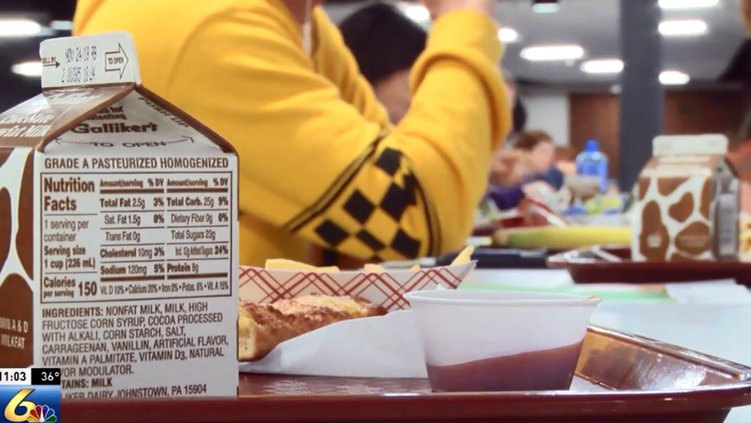Despite recent changes to standards for meals served in schools, students in Ceres Unified School District will still enjoy lunches that are healthy and delicious.
The U.S. Department of Agriculture in December published a final rule on school meal flexibilities, making targeted changes to standards for meals provided under USDA’s National School Lunch and School Breakfast Programs. Under the new, “flexible” rules, schools will have more options on what they serve when it comes to milk, sodium and whole-grain products.
“USDA is committed to serving meals to kids that are both nutritious and satisfying,” said U.S. Secretary of Agriculture Sonny Perdue. “These common-sense flexibilities provide excellent customer service to our local school nutrition professionals, while giving children the world-class food service they deserve.”
The final rule rolls back former first lady Michelle Obama’s healthy lunch initiative, eliminating some of the nutritional standards previously set in place by saving schools from having to cut the salt in students’ meals or work in whole grains and non-fat milk.
Beginning Feb. 11, 2019, schools can serve flavored, low-fat milk to children, and the number of weekly grains required to be whole grain-rich will be cut in half.
School districts will also have more time to reduce sodium levels in school meals. The Obama Administration’s nutrition rules were designed to essentially cut current salt levels in school lunches in half by 2022; current school lunches contain about 1.2 to 1.4 grams of salt. The Trump Administration is keeping that number the same until at least 2024.
According to CUSD Child Nutrition Director Rhonda Whitehead, the changes to meal standards will have little effect on the food the district serves.
“With these new changes, we’re not really doing any changes to our menu per se,” said Whitehead.
She explained that the federal government merely kept sodium levels at Level 1 instead of dropping to the more restrictive Level 2.
“Those are guidelines and targets we are already meeting.”
Guidelines dictate that students must be offered milk with two different fat contents for breakfast and lunch. CUSD already serves non-fat chocolate milk.
“So if we were to serve, say, a low-fat flavored milk to a child then we’d have to serve a non-fat white and it would really change the calories. Right now with the non-fat chocolate and one percent white they’re very similar in calories. So we’re just going to keep it the way it is.”
Perdue said schools have faced challenges serving meals that both are appetizing to students and meet the Obama-era nutrition standards.
The rules on grain restrictions mostly affects districts which don’t have access to vendors in the Valley so many had to obtain waivers for the whole-grain requirement, said Whitehead. “They’ve made it to where only half of the grains have to be whole grains.”
“We’re already meeting all the guidelines so we’re going to keep doing what we’re doing.”
CUSD serves about 17,000 meals a day, including breakfast, lunch and some dinners at certain sites. Whitehead said the district has 79.5 percent free and reduced lunch which is based on income eligibility.
Angelina Martin contributed to this report.





